Hot seat: Espasso traces the evolution of Sergio Rodrigues’ iconic ‘Mole’ chair
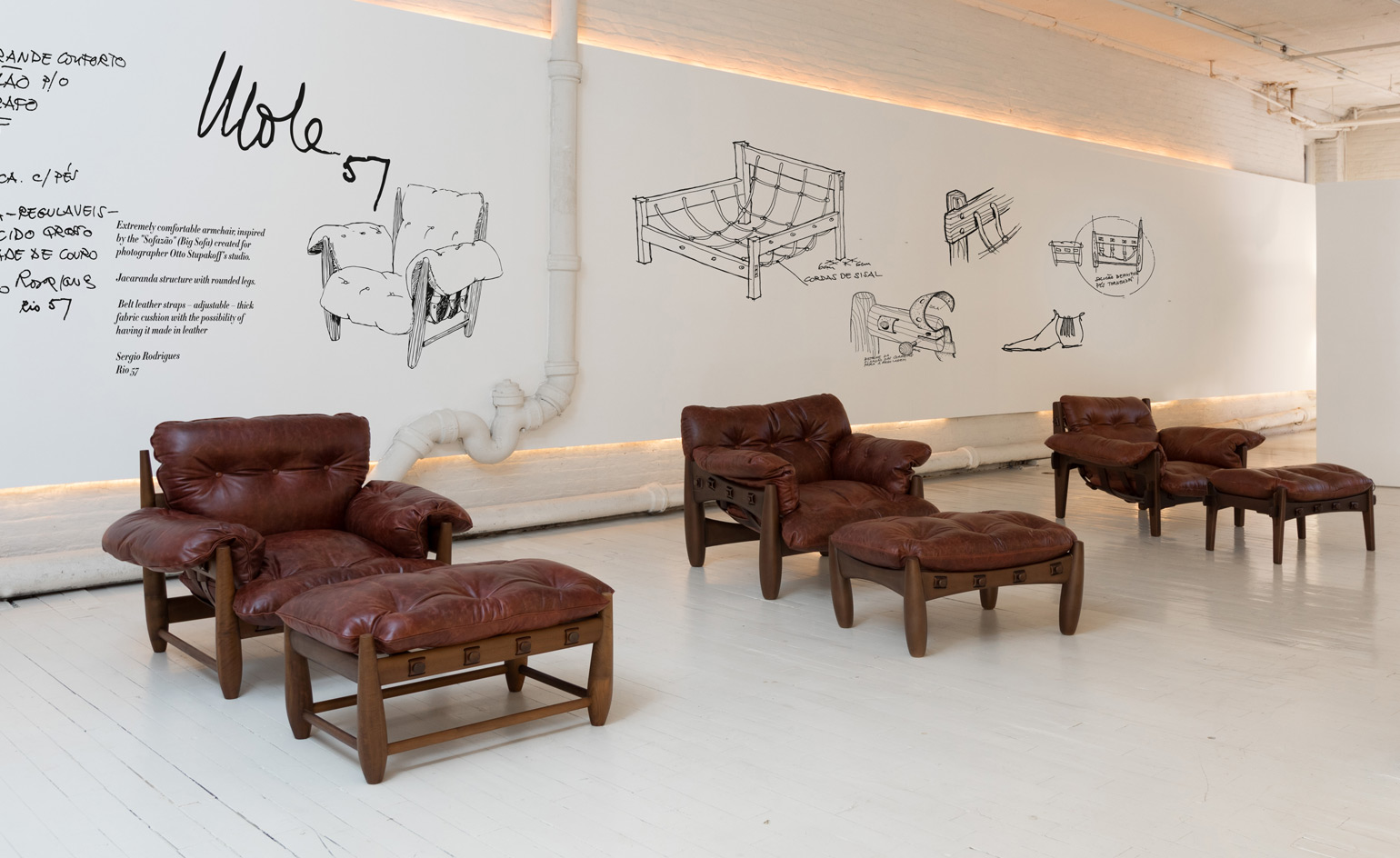
Rio de Janeiro-born Sergio Rodrigues (1927–2014), the father of modern Brazilian design, prioritised a principle that flew in the face of mid-century design: comfort. His singular vocabulary – playfully thick, solid structures that unashamedly took up space with cavernous seats in permanent recline – reflected a recognisable Brazilian identity, and put the country on the furniture design map for the first time.
His most iconic piece, the ‘Mole’ Armchair (1957), is a picture of Rodrigues flair. Its tufted, oversized leather cushion is slung low over a grid of leather straps, which hang hammock-like from a rounded jacaranda frame. Accompanied by a like-minded ottoman, the ‘Mole’ (‘soft’ in Portuguese) was awarded first prize in Cantu’s 1961 International Furniture Competition, and added to MoMA’s permanent collection in 1974.
This month, on the occasion of the chair’s 60th anniversary, New York-based Brazilian furniture gallery Espasso celebrates Rodrigues’ legacy with an exhibition devoted to his work, and 60 limited-edition ‘Mole’ chairs, inspired by Rodrigues’ original design – now no longer in production. Each made-to-order piece features an imbuia frame and is produced in collaboration with the Sergio Rodrigues Institute and LinBrasil, a manufacturer dedicated to producing the designer’s work.
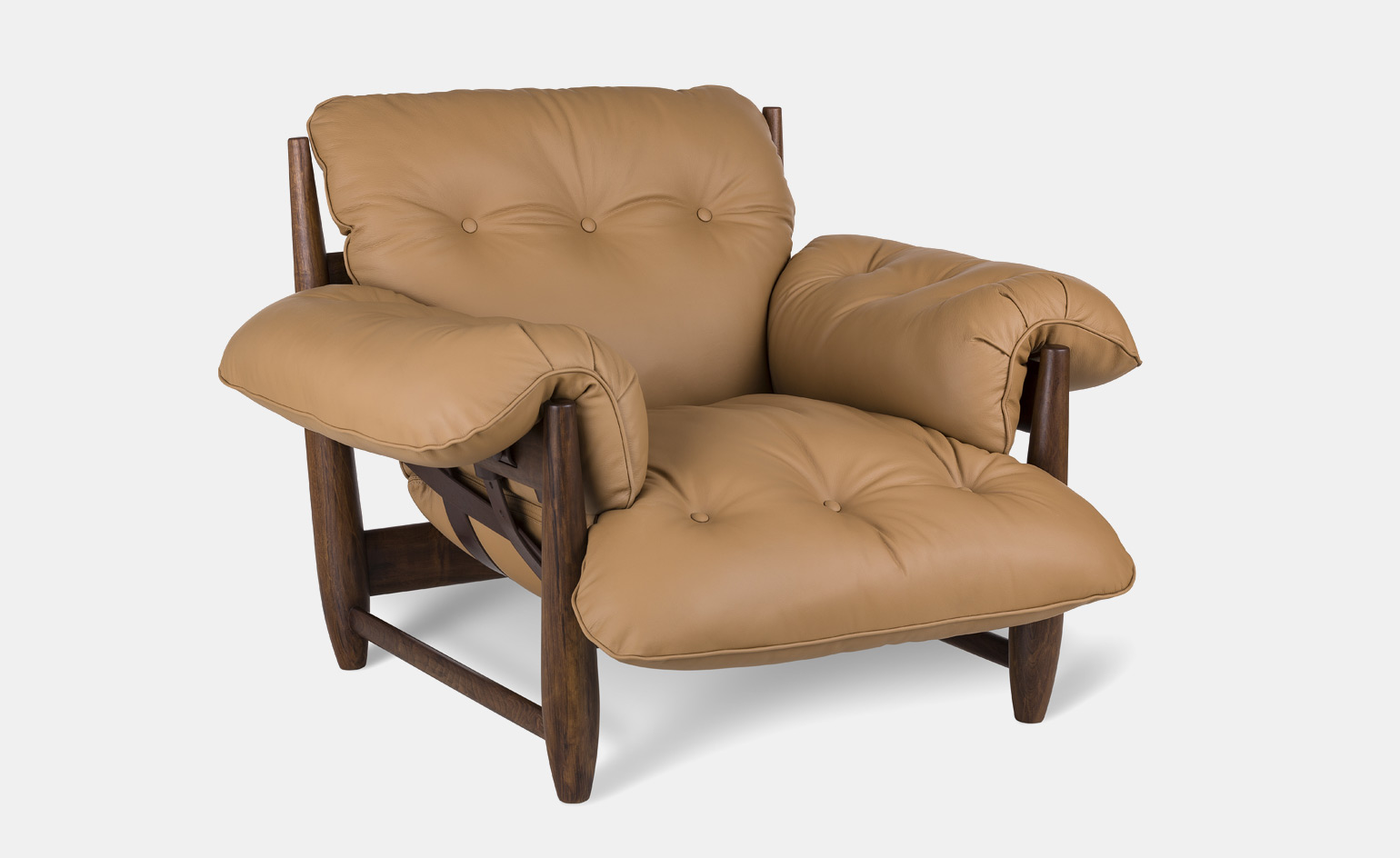
The ‘Mole’ armchair by Sergio Rodrigues
The Mole is one of the most important chairs in Brazilian design,’ says Carlos Junqueira, Espasso founder and Rodrigues’ long-time friend. ‘When you sit in it, you don’t want to get out. It’s like a big hug.’ Junqueira noted Rodrigues’ sketches of the chair, depicted in his signature cartoon strip-worthy style. One features a man blissfully sprawled out in a ‘Mole’, his right leg draped over the armrest (a Google image search reveals Rodrigues often mimicked the position when photographed in the chair).
On view through 16 June, the exhibition unpacks each phase of the Mole’s evolution. Following the original armchair, Rodrigues created a slightly larger version with longer, floppier arm cushions now known as the ‘Mole Sheriff’ armchair (1961). The ‘Moleca’ armchair (1963), a smaller, lighter version of the 1957 design, followed. Espasso will also present other significant Rodrigues designs, including the ‘Mocho’ stool (1954), ‘Oscar’ chair (1956), ‘Diz’ armchair (2002), and ‘Benjamin’ chair (2013), the final piece he designed.
While rooted in traditional Brazilian culture, Rodrigues’ furniture was at the forefront of mid-century design – an achievement for which he’s often not fully credited. Rodrigues, who trained as an architect, opened one of the first modern furniture shops in Curitiba and was Oscar Niemeyer’s interior designer of choice for his buildings in Brazil. Like Niemeyer’s structures, Rodrigues’ furniture arched and curved. Each object, usually made from native materials, expressed discernible wit, charisma, and joy.
Though his work was deeply personal, Rodrigues was also a practical man. ‘He always said that a cat would sleep in a chair if it’s comfortable,’ Junqueira remembers. ‘He had a cat, and it was always sleeping, so his chairs were good.’
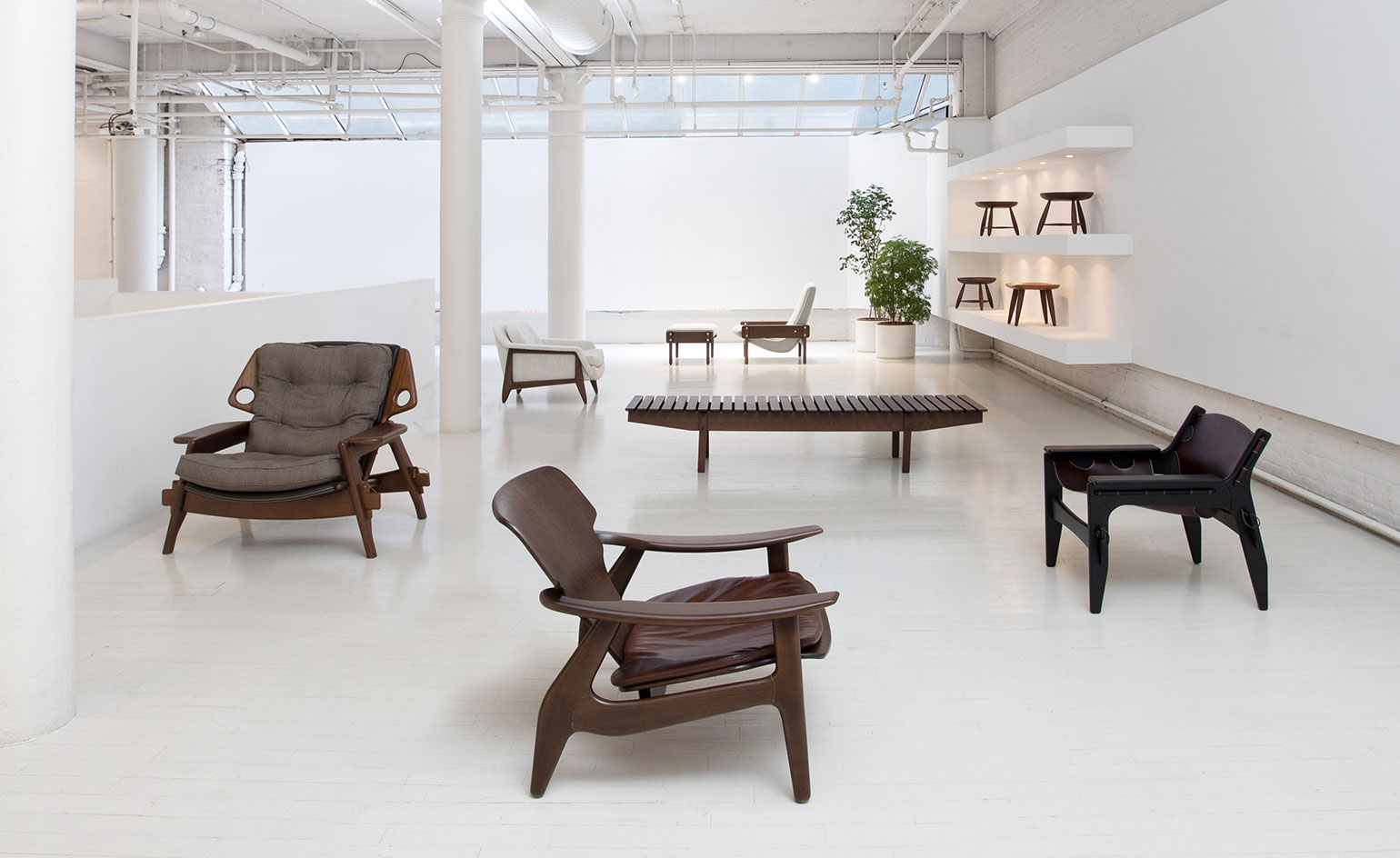
Also on show are other significant Rodrigues designs.
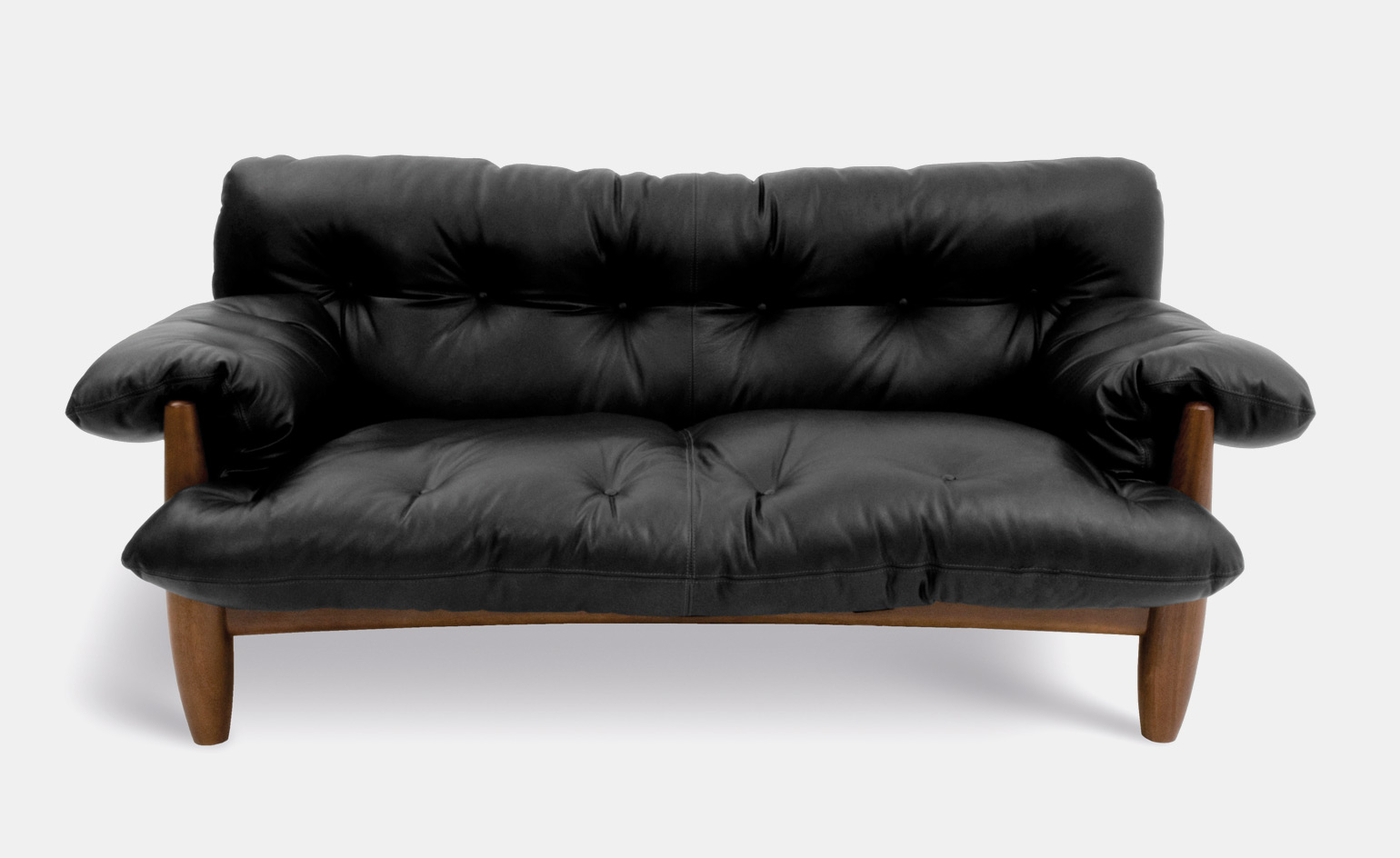
‘Mole’ sofa
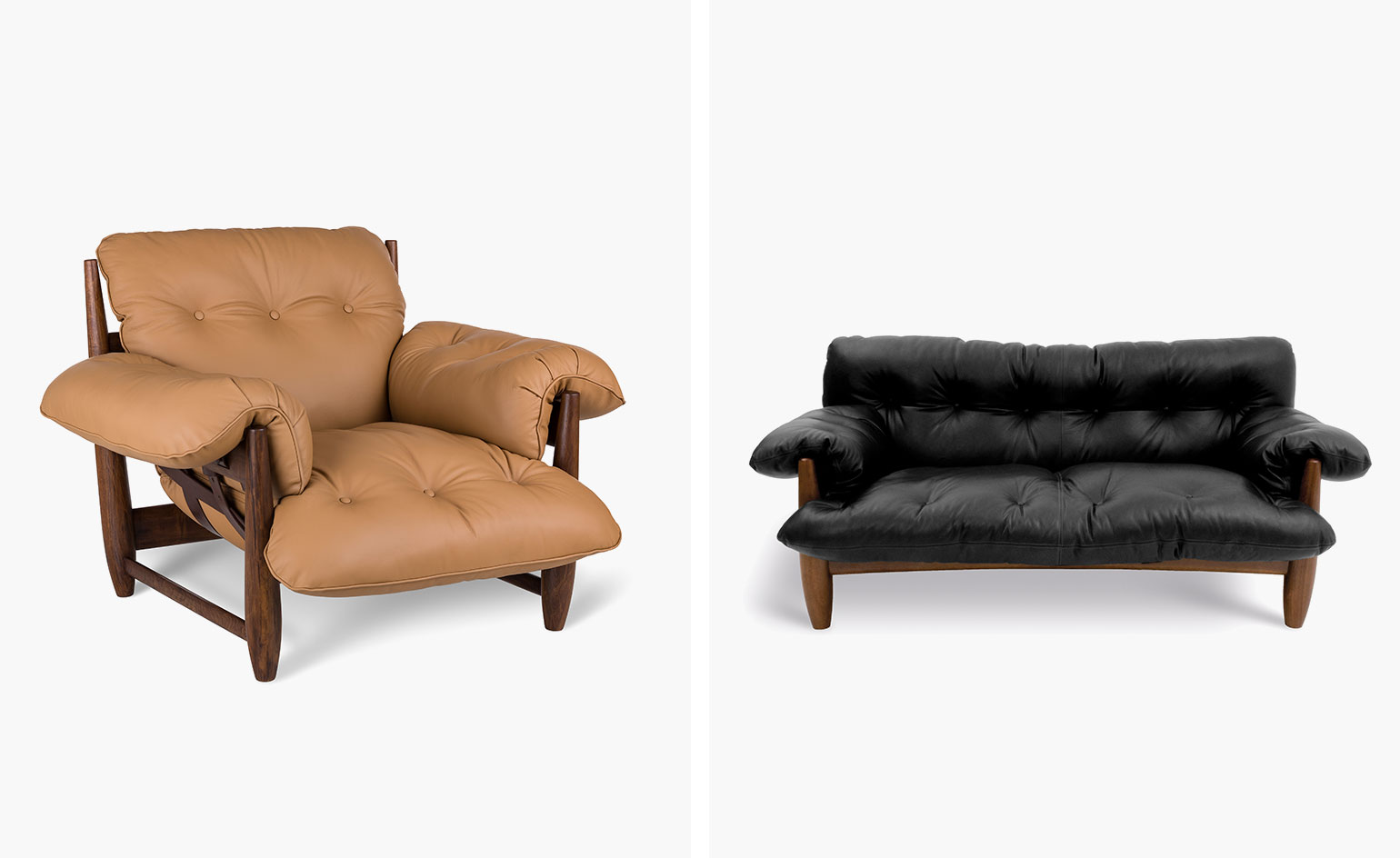
The 'Mole's' tufted, oversized leather cushion is slung low over a grid of leather straps, which hang hammock-like from a rounded jacaranda frame. Left, 'Mole' armchair. Right, 'Mole' sofa
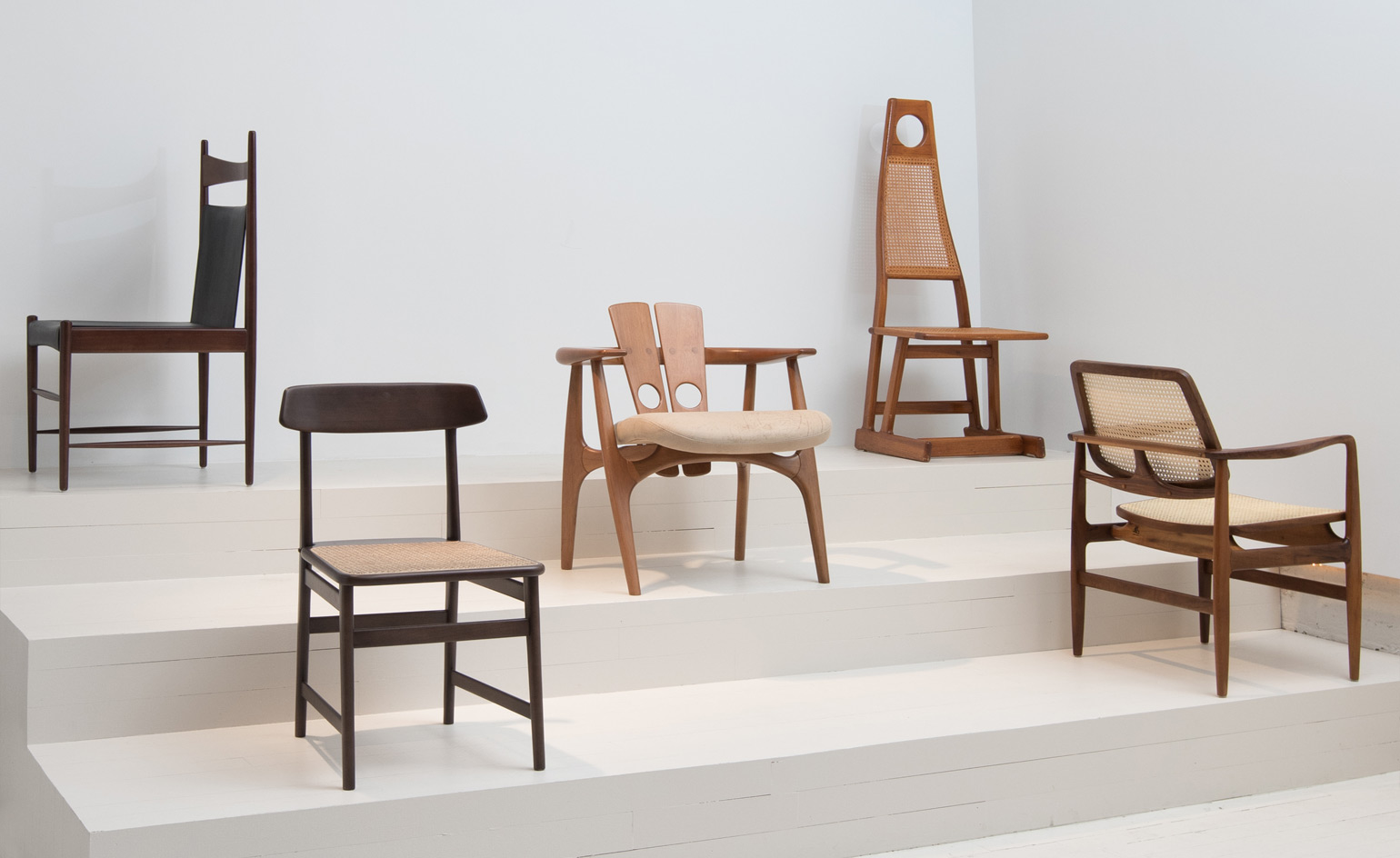
These include the ‘Mocho’ stool (1954), ‘Oscar’ chair (1956), ‘Diz’ armchair (2002), and ‘Benjamin’ chair (2013), the final piece he designed.
INFORMATION
‘Mole Armchair: 60 Years’ is on view until 16 June. For more information, visit the Espasso website
ADDRESS
Espasso
38 N Moore Street
New York NY 10013
Receive our daily digest of inspiration, escapism and design stories from around the world direct to your inbox.
-
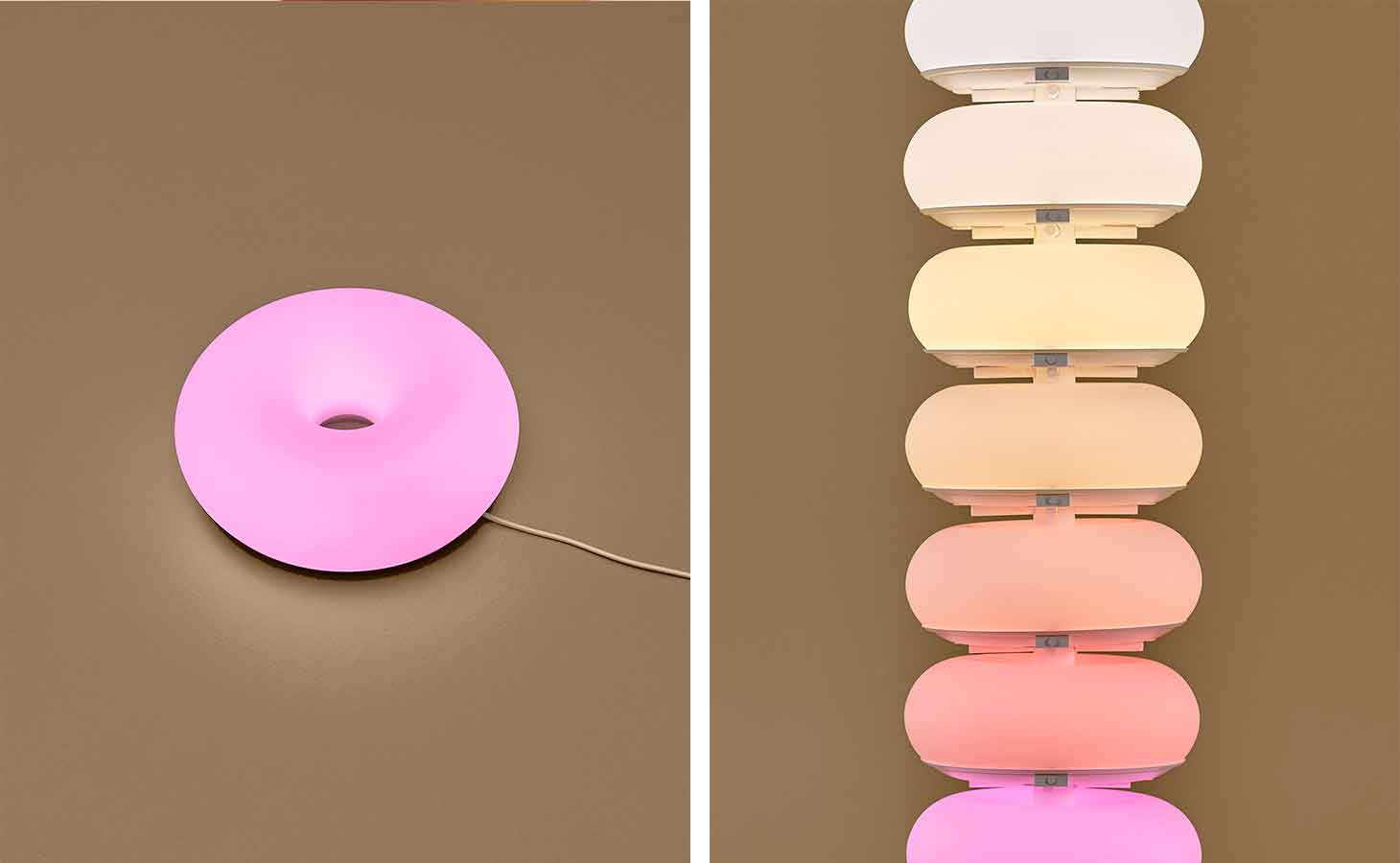 Sabine Marcelis has revisited her Ikea lamp and it’s a colourful marvel
Sabine Marcelis has revisited her Ikea lamp and it’s a colourful marvelSabine Marcelis’ ‘Varmblixt’ lamp for Ikea returns in a new colourful, high-tech guise
-
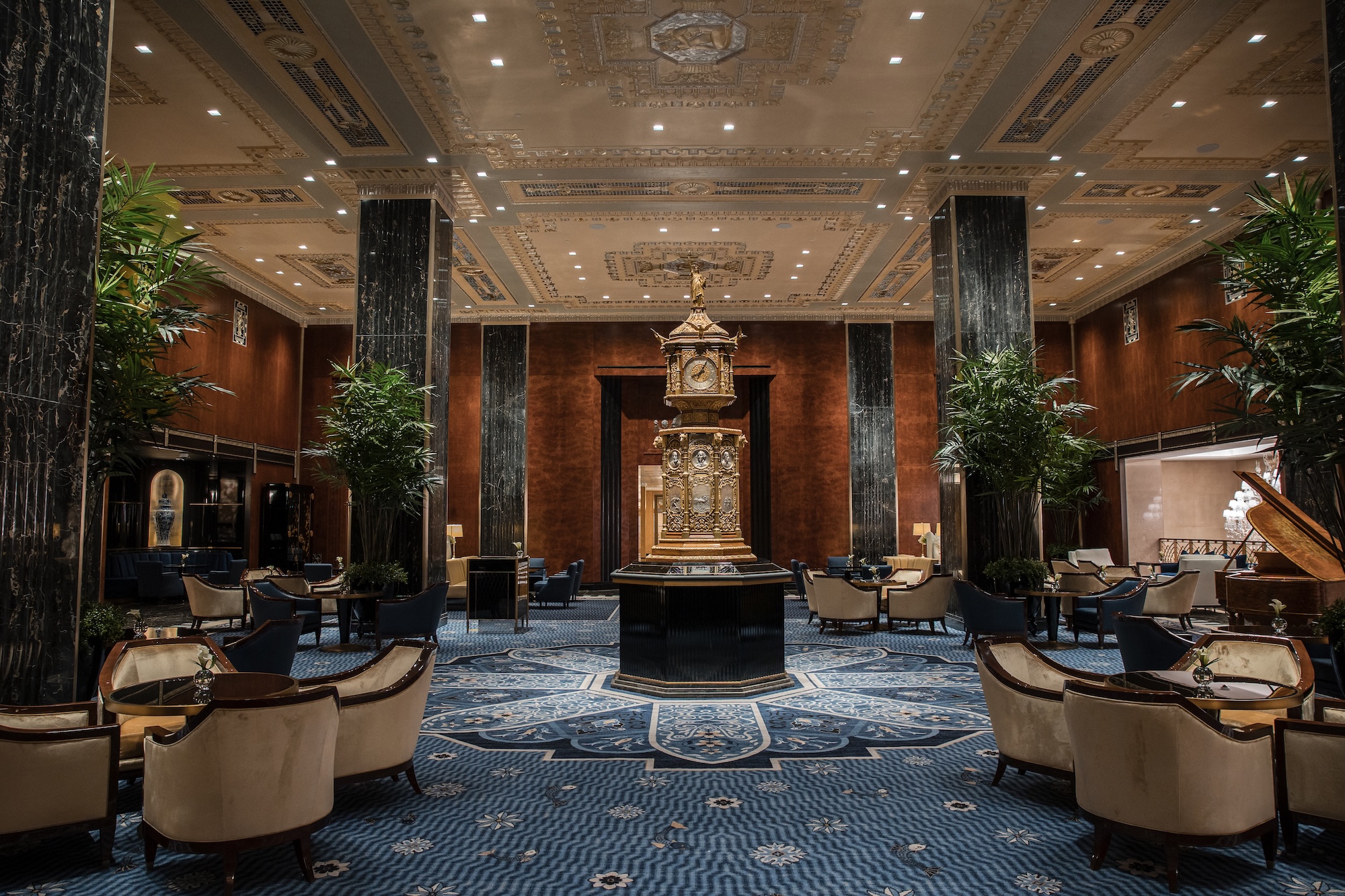 Is the Waldorf Astoria New York the ‘greatest of them all’? Here’s our review
Is the Waldorf Astoria New York the ‘greatest of them all’? Here’s our reviewAfter a multi-billion-dollar overhaul, New York’s legendary grand dame is back in business
-
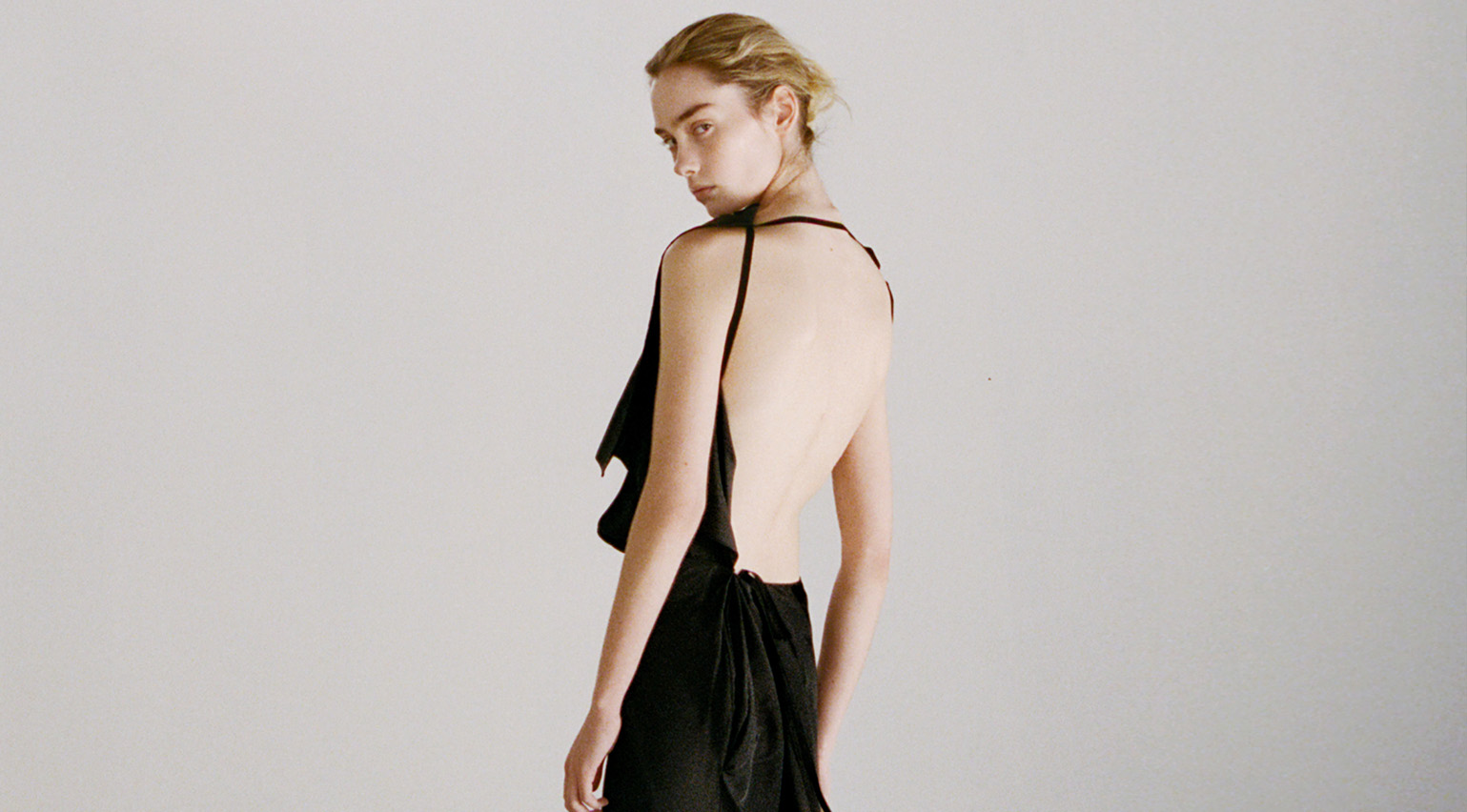 Colleen Allen’s poetic womenswear is made for the modern-day witch
Colleen Allen’s poetic womenswear is made for the modern-day witchAllen is one of New York’s brightest young fashion stars. As part of Wallpaper’s Uprising column, Orla Brennan meets the American designer to talk femininity, witchcraft and the transformative experience of dressing up
-
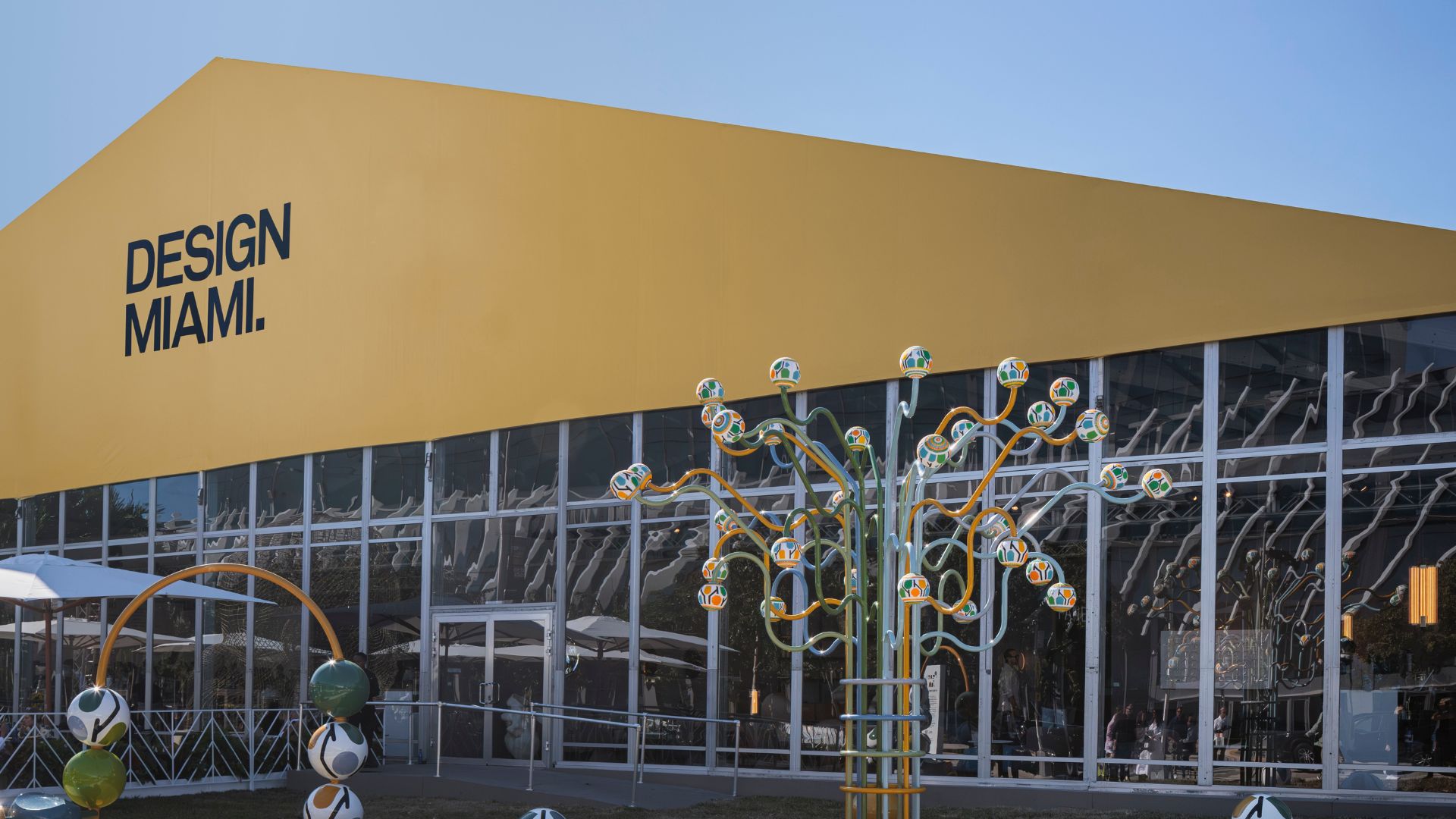 Everything you need to know about Design Miami 2025
Everything you need to know about Design Miami 2025The collectible design fair returns to Miami Beach in December for its 21st edition, alongside a vast array of art and cultural events across the city
-
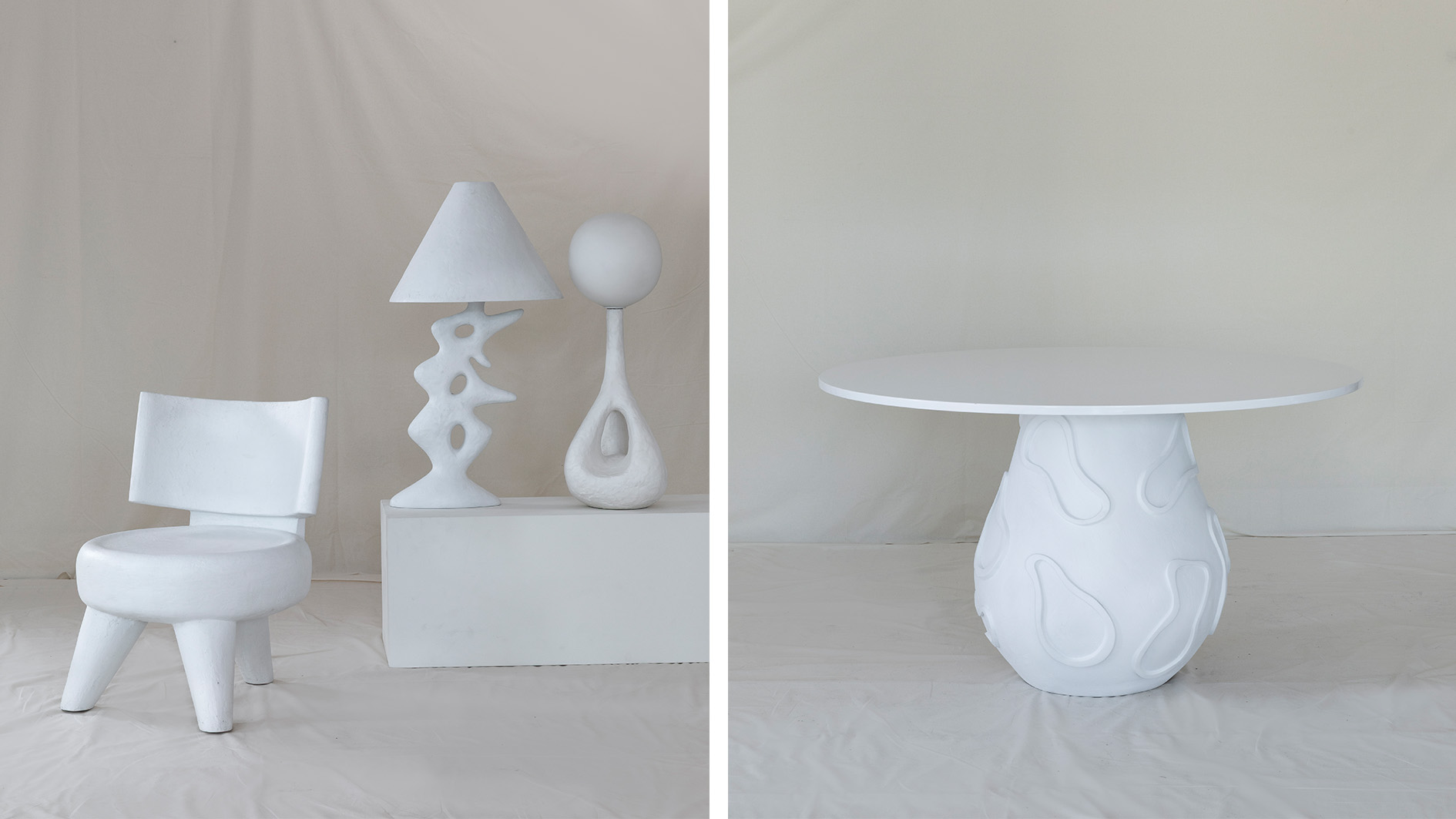 Ralph Pucci’s new Provence exhibition celebrates sculpture in its purest form
Ralph Pucci’s new Provence exhibition celebrates sculpture in its purest formTo mark 70 years of Ralph Pucci International, the New York gallery is collaborating with top designers to bring scaled, textural forms to Château La Coste
-
 New York Design Week 2025: live updates from the Wallpaper* team
New York Design Week 2025: live updates from the Wallpaper* teamNow through 21 May, design is taking over the Big Apple. Here's the latest news, launches and other goings-on from NYCxDesign, as seen by Wallpaper* editors.
-
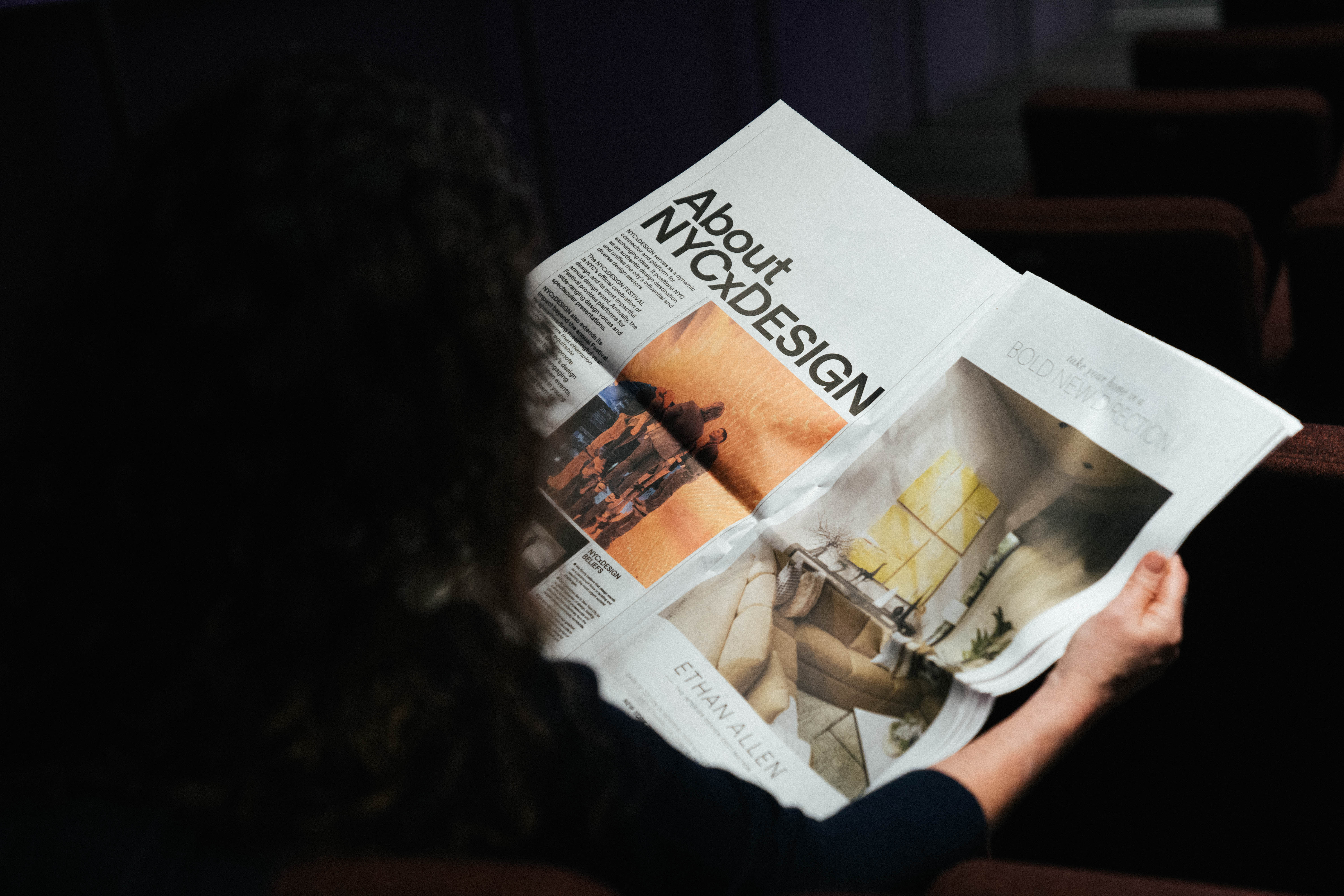 What not to miss at NYCxDesign 2025, according to our editors
What not to miss at NYCxDesign 2025, according to our editorsFrom mega furniture fairs to can't-miss parties, here's what to catch at North America's biggest celebration of design
-
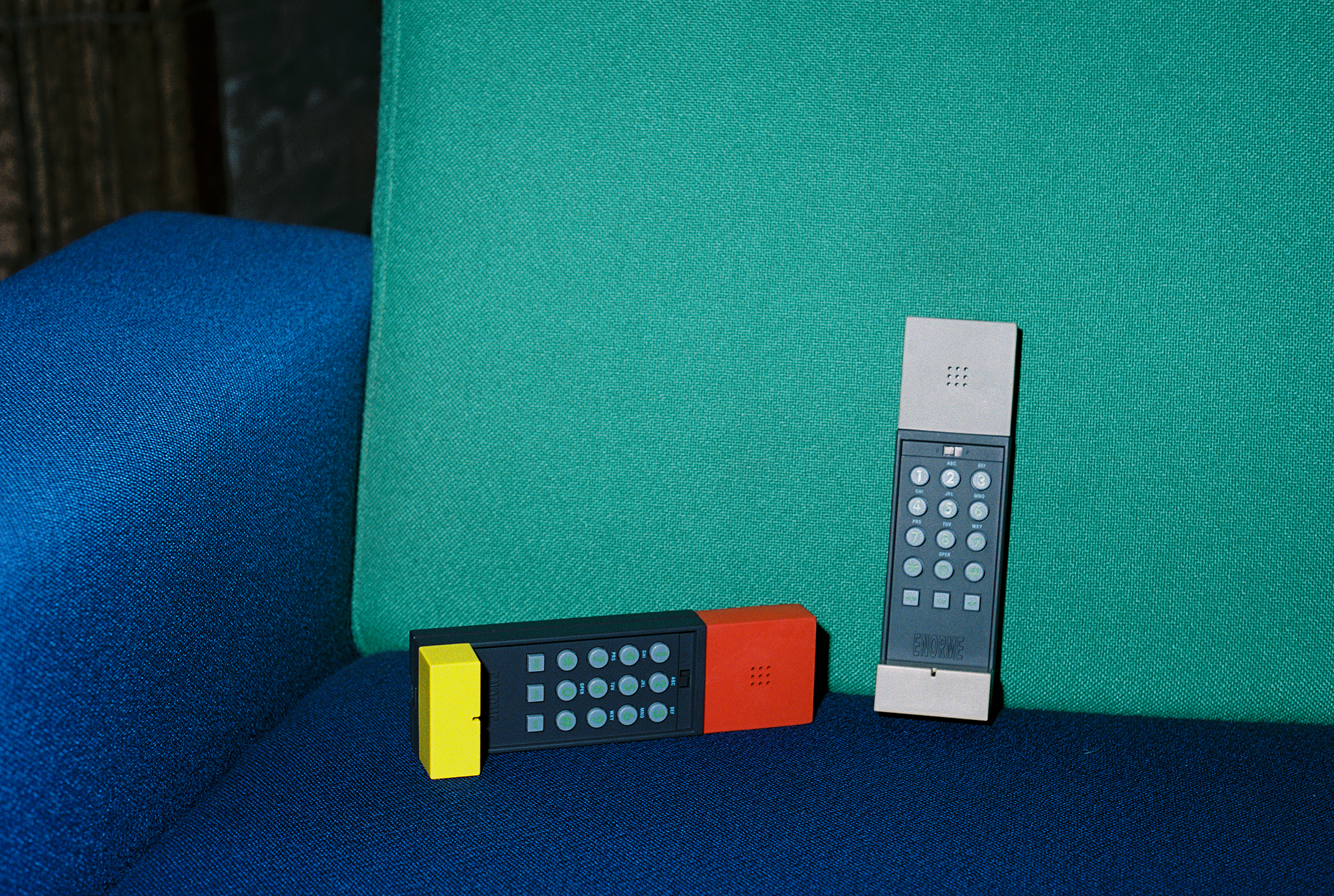 Basic.Space launches its first IRL shopping event – in an empty West Hollywood mall
Basic.Space launches its first IRL shopping event – in an empty West Hollywood mallWith the launch of its first in-person event in LA this weekend, the e-commerce platform is looking to bring collectible design to a whole new audience
-
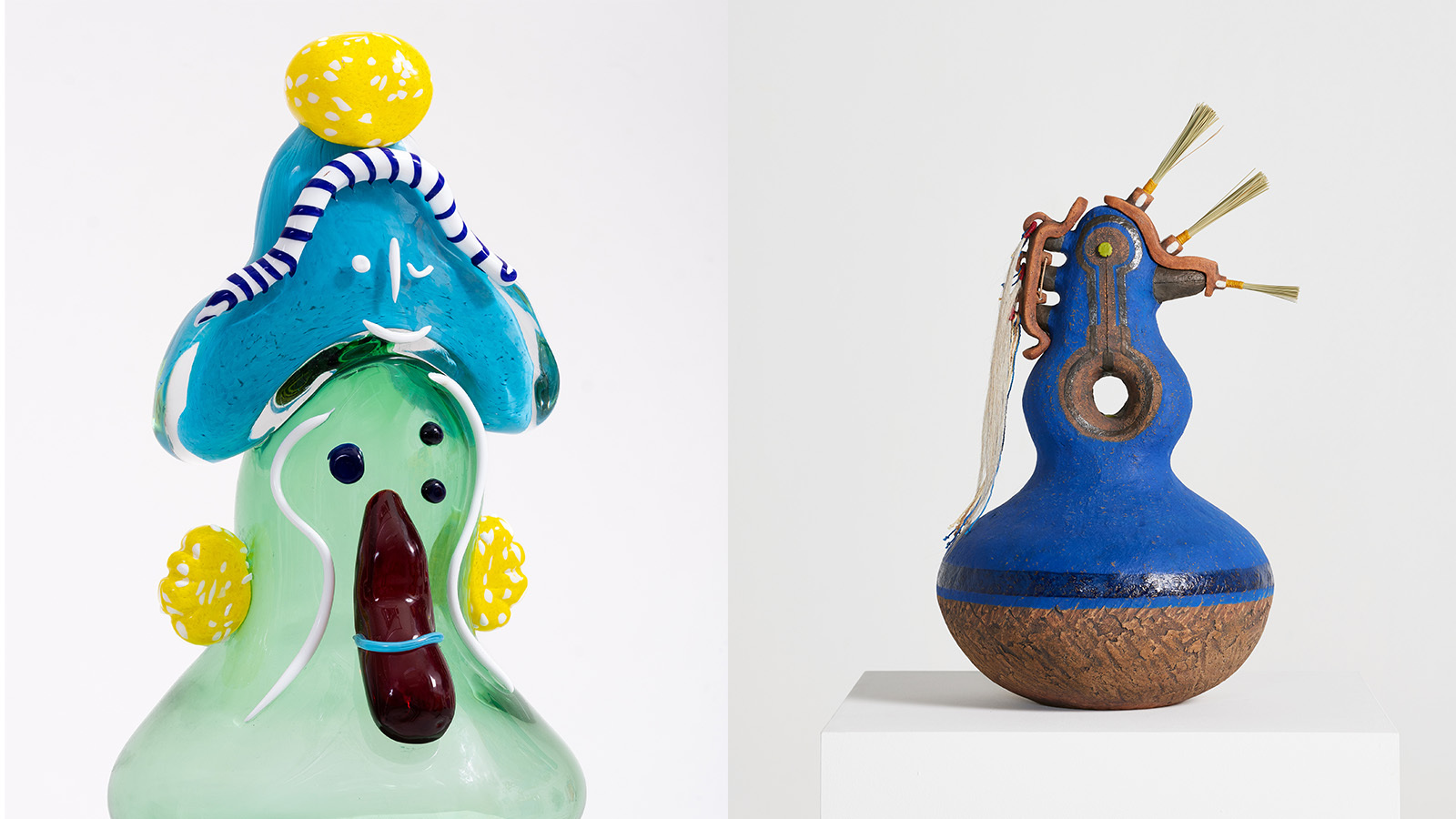 Design Miami 2024 is alive with possibility: here are 14 things to see
Design Miami 2024 is alive with possibility: here are 14 things to seeDesign Miami 2024 opens 4-8 December – let Wallpaper* guide you to the highlights, from dazzling installations to plump sofas and anthropomorphic sculptures
-
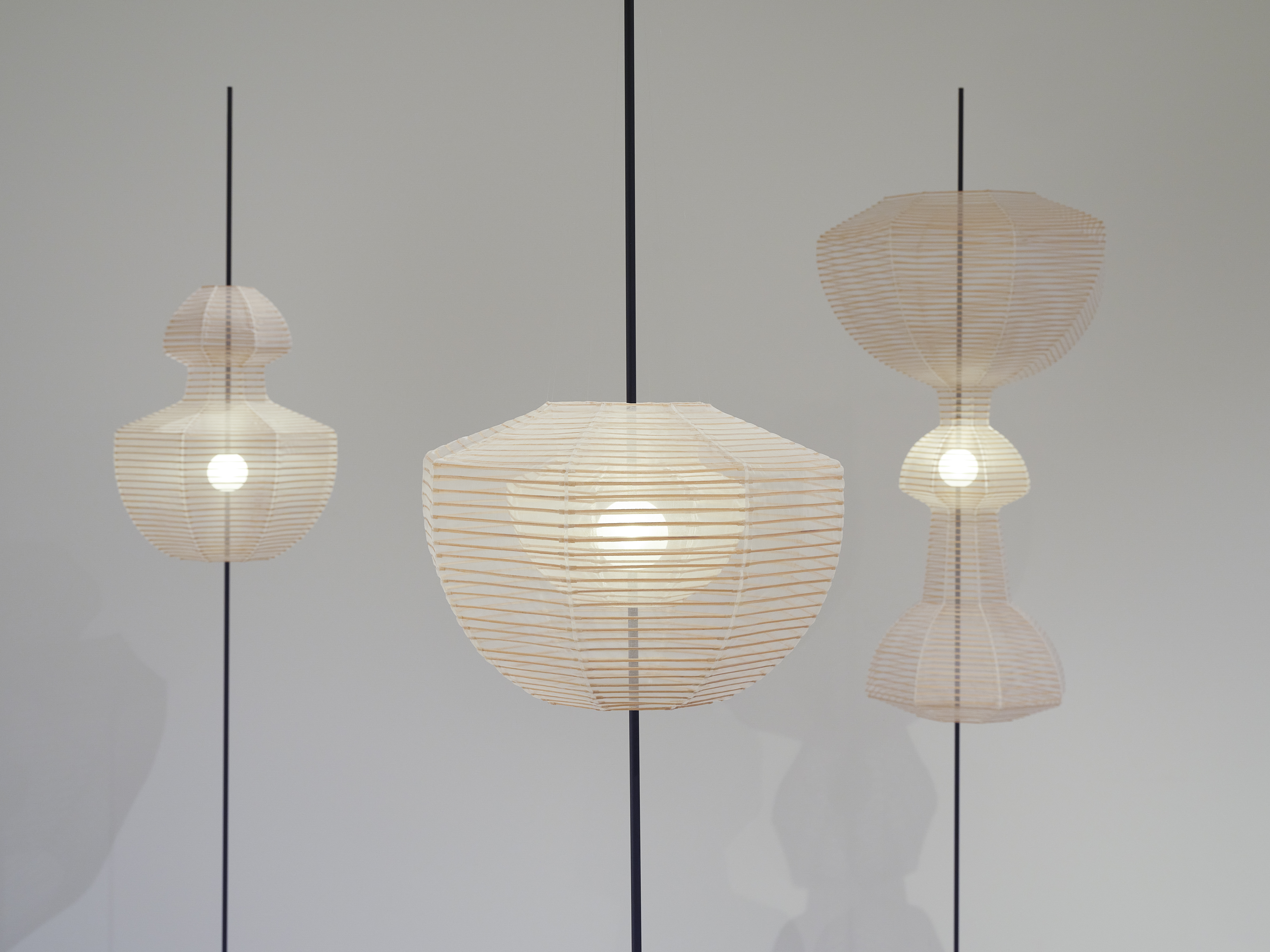 Nendo’s collaborations with Kyoto artisans go on view in New York
Nendo’s collaborations with Kyoto artisans go on view in New York‘Nendo sees Kyoto’ is on view at Friedman Benda (until 15 October 2022), showcasing the design studio's collaboration with six artisans specialised in ancient Japanese crafts
-
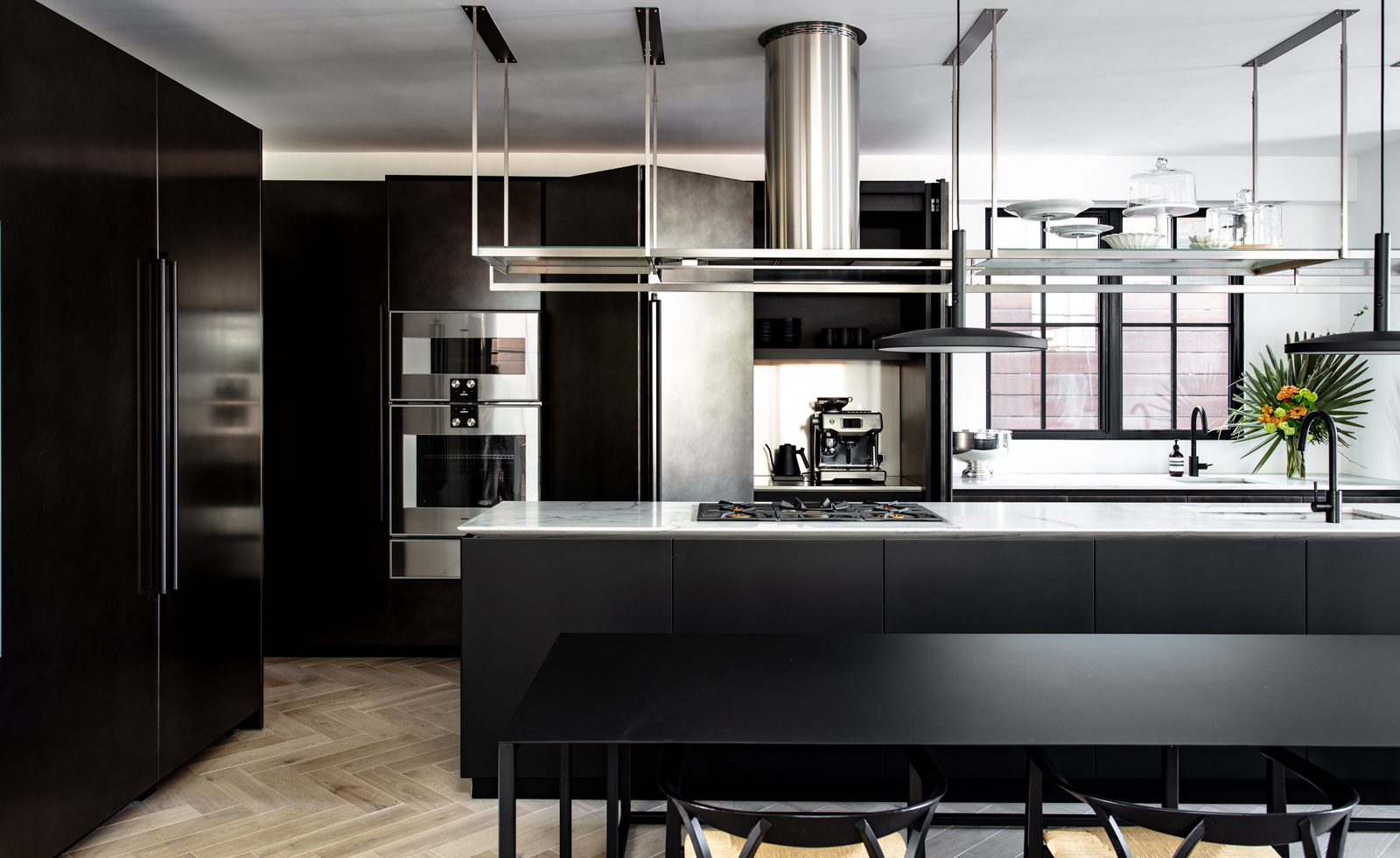 Italian craftsmanship comes to Los Angeles in this eclectic Venice Canals apartment
Italian craftsmanship comes to Los Angeles in this eclectic Venice Canals apartmentBoffi Los Angeles celebrates a juxtaposition of texture throughout a waterside bolthole